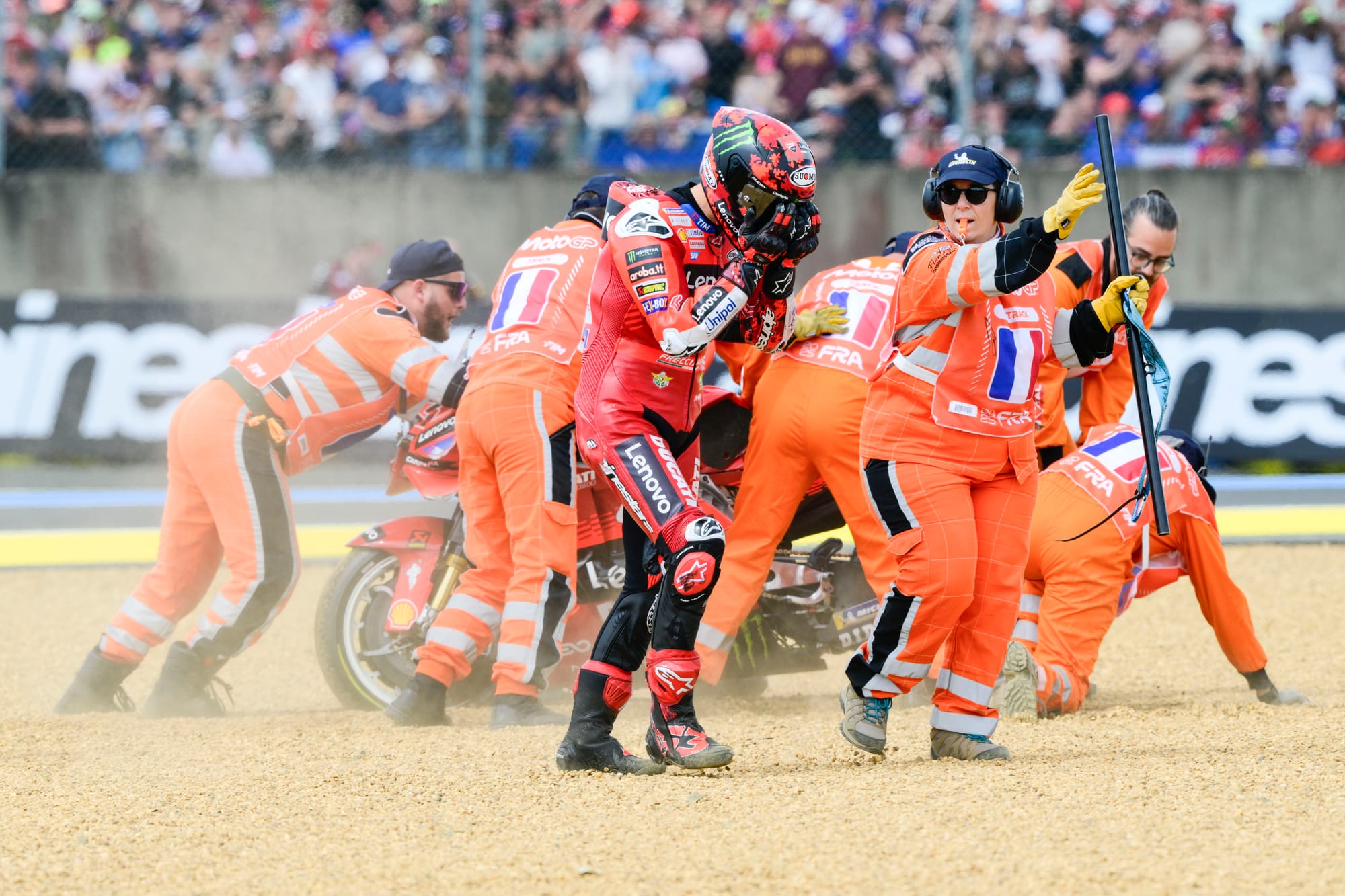How to Ensure Consistent Model Predictions in PyTorch?
Understanding Inconsistent Model Predictions in PyTorch When working with deep learning models in PyTorch, it's essential to ensure that model predictions remain consistent regardless of whether the input is a single image or a batch of images. Occasionally, developers observe significant discrepancies in predictions when individual images are processed compared to when they're included in a batch. This article explores why these variations occur and provides guidance on how to achieve consistent model predictions. Why Are Predictions Different? One of the primary reasons for discrepancies in predictions for the same input when processed individually and in a batch relates to certain layers in the model like Batch Normalization and Dropout. Batch Normalization adjusts its parameters based on the statistics of the batch it is currently processing, which can lead to different outputs for the same input when processed in isolation versus in a group. Dropout is a regularization technique that randomly drops units during training to prevent overfitting, resulting in different instances of predictions when the model is put in evaluation mode versus training mode. To mitigate these issues, it’s vital to ensure that the model is in evaluation mode when making predictions and to handle model settings consistently. Steps to Achieve Consistent Predictions 1. Set Model to Evaluation Mode Before making predictions, ensure your model is set to evaluation mode using model.eval(). This will disable dropout and set batch normalization to use moving statistics rather than batch statistics. Here’s how to do it: model.eval() 2. Disable Gradient Calculation When predicting (especially during inference), you don’t need gradients calculated, resulting in unnecessary computation. You can disable this using torch.no_grad() to achieve a faster and more efficient prediction. with torch.no_grad(): output = model(input_data) 3. Code Implementation Here’s an enhanced version of your prediction code to ensure consistency: # Prediction Code model.eval() # Set model to evaluation mode with torch.no_grad(): # Disable gradient calculation test_data = np.random.rand(10, num_of_features) # Example test data test_tensor = torch.tensor(test_data, dtype=torch.float32) test_predictions = model(test_tensor) print(test_predictions) 4. Consistency Check Between Individual and Batch Inputs To demonstrate consistent predictions between an individual image and a batch, you can create a setup like this: single_image = test_data[0].reshape(1, -1) # Reshape to match input dimensions with torch.no_grad(): # Disable gradient calculation # Prediction for a single image single_prediction = model(torch.tensor(single_image, dtype=torch.float32)) print('Single Image Prediction:', single_prediction) # Prediction for a batch including the single image batch_input = torch.tensor(test_data, dtype=torch.float32) batch_prediction = model(batch_input) print('Batch Prediction:', batch_prediction) This example wraps predictions for both single and batch inputs, allowing you to compare their outputs conveniently. Frequently Asked Questions Why do I see differing results in my model between evaluation and training modes? Because of the unique behaviors of layers such as dropout and batch normalization that act differently based on the mode set (training vs. evaluation). Are there any specific settings I should change in PyTorch for consistent outputs? Always switch to evaluation mode using model.eval() and utilize torch.no_grad() during inference to prevent unwanted stochastic behaviors of your model. Can different hardware or libraries affect model predictions? Yes, differences in hardware or library versions (e.g., CUDA versions, PyTorch library updates) can lead to slight variations in numerical computation. Ensure consistent environments for reproducibility. Conclusion Achieving consistent predictions for images processed individually and in batches involves understanding model behavior, particularly around training and evaluation modes. The outlined strategies will help mitigate issues arising from layers sensitive to batch statistics. Remember to always validate predictions across different approaches and maintain a consistent environment for best results.

Understanding Inconsistent Model Predictions in PyTorch
When working with deep learning models in PyTorch, it's essential to ensure that model predictions remain consistent regardless of whether the input is a single image or a batch of images. Occasionally, developers observe significant discrepancies in predictions when individual images are processed compared to when they're included in a batch. This article explores why these variations occur and provides guidance on how to achieve consistent model predictions.
Why Are Predictions Different?
One of the primary reasons for discrepancies in predictions for the same input when processed individually and in a batch relates to certain layers in the model like Batch Normalization and Dropout.
- Batch Normalization adjusts its parameters based on the statistics of the batch it is currently processing, which can lead to different outputs for the same input when processed in isolation versus in a group.
- Dropout is a regularization technique that randomly drops units during training to prevent overfitting, resulting in different instances of predictions when the model is put in evaluation mode versus training mode.
To mitigate these issues, it’s vital to ensure that the model is in evaluation mode when making predictions and to handle model settings consistently.
Steps to Achieve Consistent Predictions
1. Set Model to Evaluation Mode
Before making predictions, ensure your model is set to evaluation mode using model.eval(). This will disable dropout and set batch normalization to use moving statistics rather than batch statistics.
Here’s how to do it:
model.eval()
2. Disable Gradient Calculation
When predicting (especially during inference), you don’t need gradients calculated, resulting in unnecessary computation. You can disable this using torch.no_grad() to achieve a faster and more efficient prediction.
with torch.no_grad():
output = model(input_data)
3. Code Implementation
Here’s an enhanced version of your prediction code to ensure consistency:
# Prediction Code
model.eval() # Set model to evaluation mode
with torch.no_grad(): # Disable gradient calculation
test_data = np.random.rand(10, num_of_features) # Example test data
test_tensor = torch.tensor(test_data, dtype=torch.float32)
test_predictions = model(test_tensor)
print(test_predictions)
4. Consistency Check Between Individual and Batch Inputs
To demonstrate consistent predictions between an individual image and a batch, you can create a setup like this:
single_image = test_data[0].reshape(1, -1) # Reshape to match input dimensions
with torch.no_grad(): # Disable gradient calculation
# Prediction for a single image
single_prediction = model(torch.tensor(single_image, dtype=torch.float32))
print('Single Image Prediction:', single_prediction)
# Prediction for a batch including the single image
batch_input = torch.tensor(test_data, dtype=torch.float32)
batch_prediction = model(batch_input)
print('Batch Prediction:', batch_prediction)
This example wraps predictions for both single and batch inputs, allowing you to compare their outputs conveniently.
Frequently Asked Questions
Why do I see differing results in my model between evaluation and training modes?
Because of the unique behaviors of layers such as dropout and batch normalization that act differently based on the mode set (training vs. evaluation).
Are there any specific settings I should change in PyTorch for consistent outputs?
Always switch to evaluation mode using model.eval() and utilize torch.no_grad() during inference to prevent unwanted stochastic behaviors of your model.
Can different hardware or libraries affect model predictions?
Yes, differences in hardware or library versions (e.g., CUDA versions, PyTorch library updates) can lead to slight variations in numerical computation. Ensure consistent environments for reproducibility.
Conclusion
Achieving consistent predictions for images processed individually and in batches involves understanding model behavior, particularly around training and evaluation modes. The outlined strategies will help mitigate issues arising from layers sensitive to batch statistics. Remember to always validate predictions across different approaches and maintain a consistent environment for best results.















































































